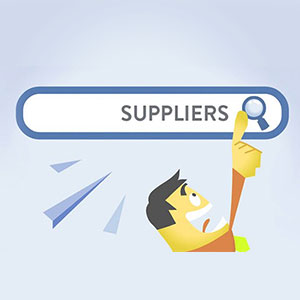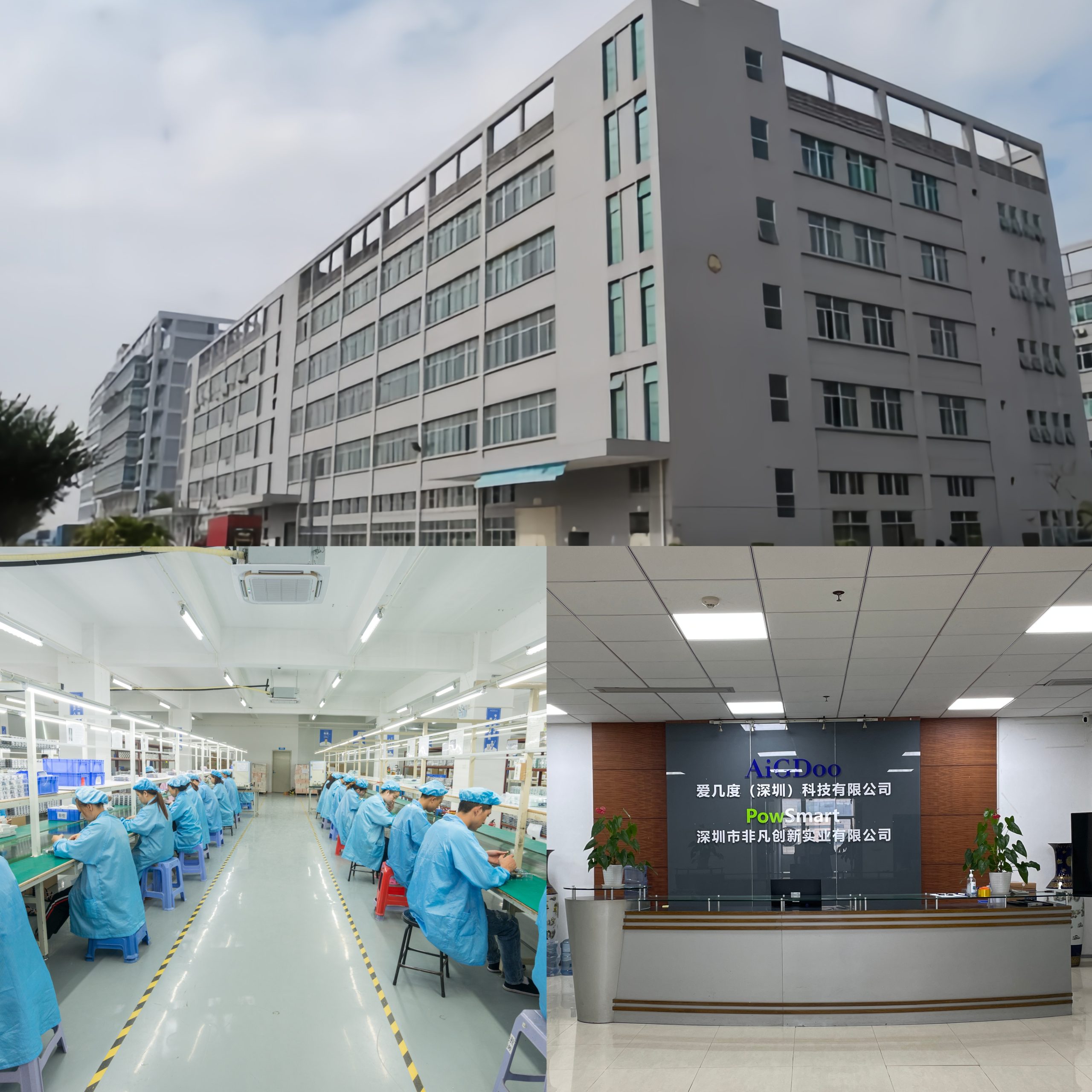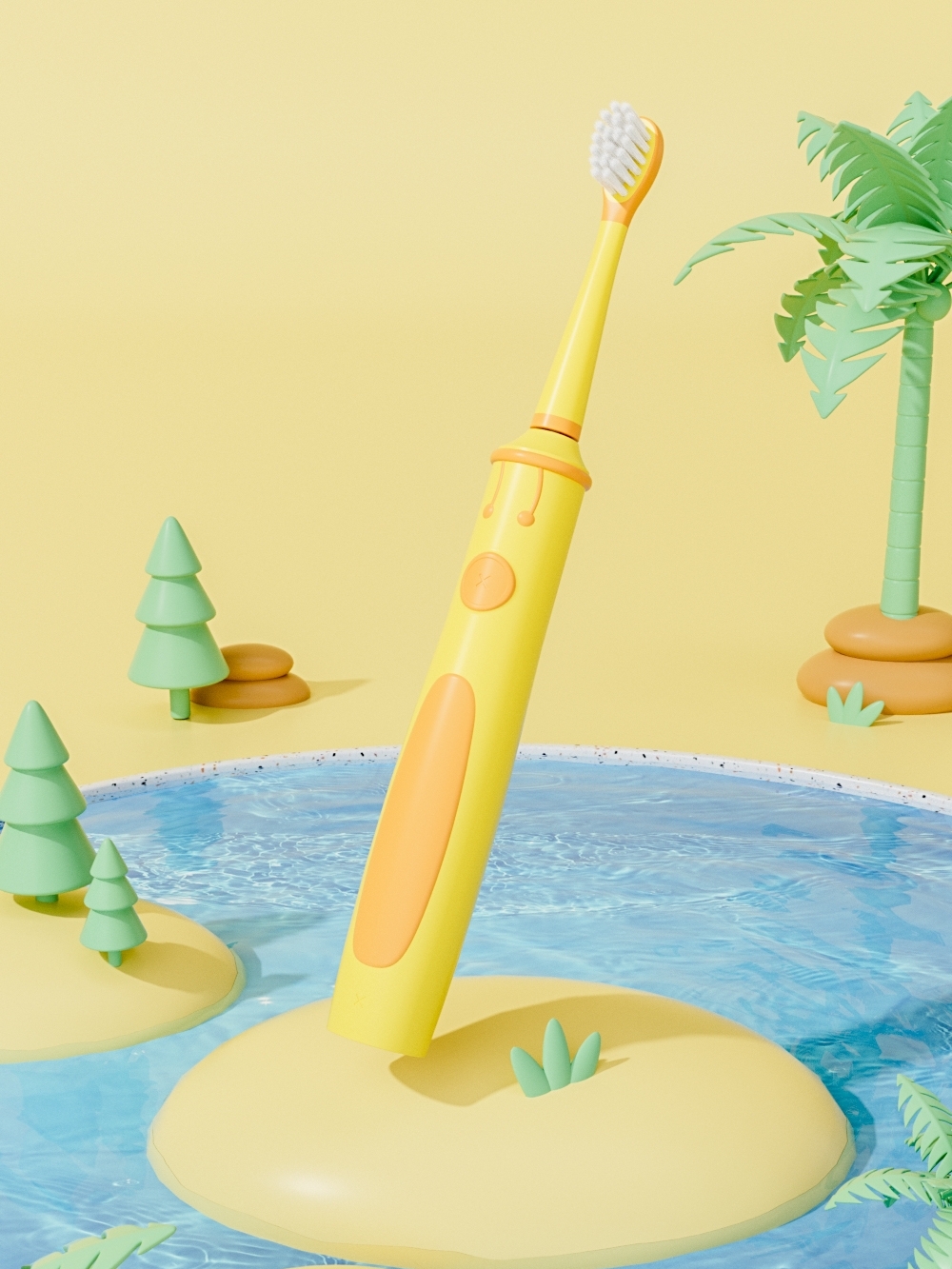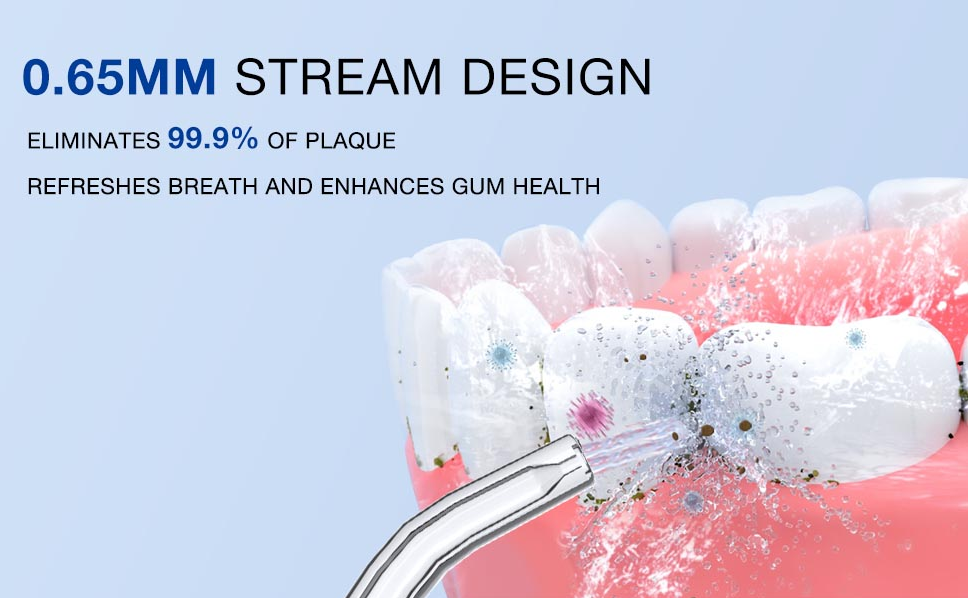Seattle customers expect two things: strong sustainability credentials and forward-looking tech. For manufacturers, combining those demands into a single product — a Seattle sustainable toothbrush that also behaves like a modern Seattle tech toothbrush — is a systems challenge. Below are six practical dimensions (market, circular design, electronics & firmware, manufacturing & supply chain, consumer services, and measurement & certification) that explain how to engineer, validate, and commercialize a product that is both green and smart.
Start by defining the promise. A true Seattle sustainable toothbrush emphasizes reduced lifecycle impact (materials, packaging, transport, and end-of-life) while a Seattle tech toothbrush emphasizes sensors, connectivity, and meaningful digital services. To reconcile both: position the product as a platform where sustainability is not cosmetic but structural — e.g., modular hardware that’s repairable, refillable heads sold in recycled packaging, and an app that reduces waste by optimizing replacement cadence. In short, make sustainability a feature of the tech stack (and vice-versa) so buyers don’t have to choose between green and smart.
Next, design with disassembly and recyclability first. Practical engineering choices include:
Then, make the product smart without inflating its footprint or energy use:
After design, optimize how it’s made and returned:
Crucially, sustainability must be easy for the user and reinforced by tech:
Finally, measure and prove impact with concrete metrics:
These measurements convert marketing claims into verifiable business outcomes and reduce downstream risk.
To bring a product to market that is both a Seattle sustainable toothbrush and a Seattle tech toothbrush, take these immediate steps:
If you want, I can convert this into a two-page product & program brief (materials table, modular BOM, BLE/GATT telemetry outline, OTA policy, LCA template, and KPI dashboard) ready for engineering and commercial teams. Contact us
.jpg)
.jpg)

How to choose a reliable electric toothbrush factory?
.jpg)
Where to test a Seattle urban toothbrush? Visit the Seattle demo store!
Why Do App Connectivity Loss and Battery Swelling Coexist?
Is Battery Swelling Causing Pressure Loss?
.jpg)
Why Choose ADA Approved Electric Toothbrush in Chicago?
Whitening Kit-Induced Gum Irritation: Are User Manuals Clear? Does Warranty Cover It?
Can Incorrect Brush Head Replacement Frequency Accelerate Enamel Wear?

How to Establish a Stable Supply Chain for Oral Care Products? A Guide for Distributors

Gingival Abrasion with Saliva Depletion – A Silent Crisis in Oral Care Design?

1200 vs 1800 water flosser pulse/Minute: Which Water Flosser Pressure Setting Works Best for Plaque Removal Without Gum Irritation?
Why Dentist Consultations Mitigate Home Treatment Risks?
Why Is Allergen Testing Critical for Post-Whitening Diets?
.jpg)
Oral Care Market Trends 2025: Which High-demand Oral Care Products Are Most Worth Distributing?

Electric Toothbrush Manufacturing Process

Electric Toothbrush Wholesale Market Analysis: Some of the Best-Selling Models in 2025
.jpg)
A Complete Guide to OEM Customization of Electric Toothbrushes: From LOGO Printing to Core Function Development

electric toothbrush heads Deep Clean

Customization Teeth Whitening Gel

Electric toothbrush heads Charcoal Infused-Diamond

electric toothbrush heads Charcoal Infuse-Round

electric toothbrush heads Ultra Soft

Private Label Whitening Gel
.jpg)
Florida Electric Toothbrush – Powsmart PTR-C8

electric toothbrush heads Regular Clean
whstapp
whstapp
National Toll-Free Service Hotline
+86 755 86238638